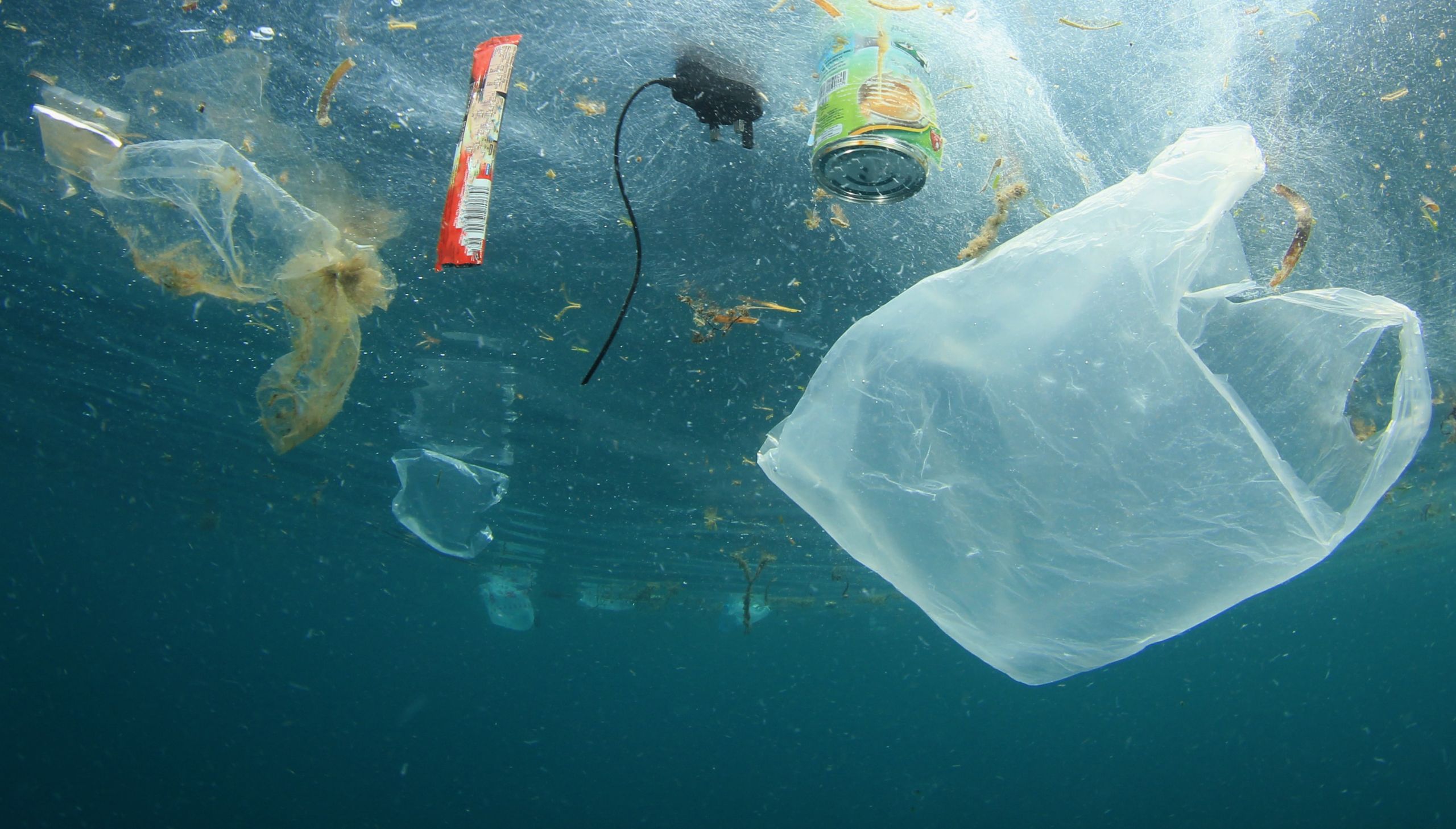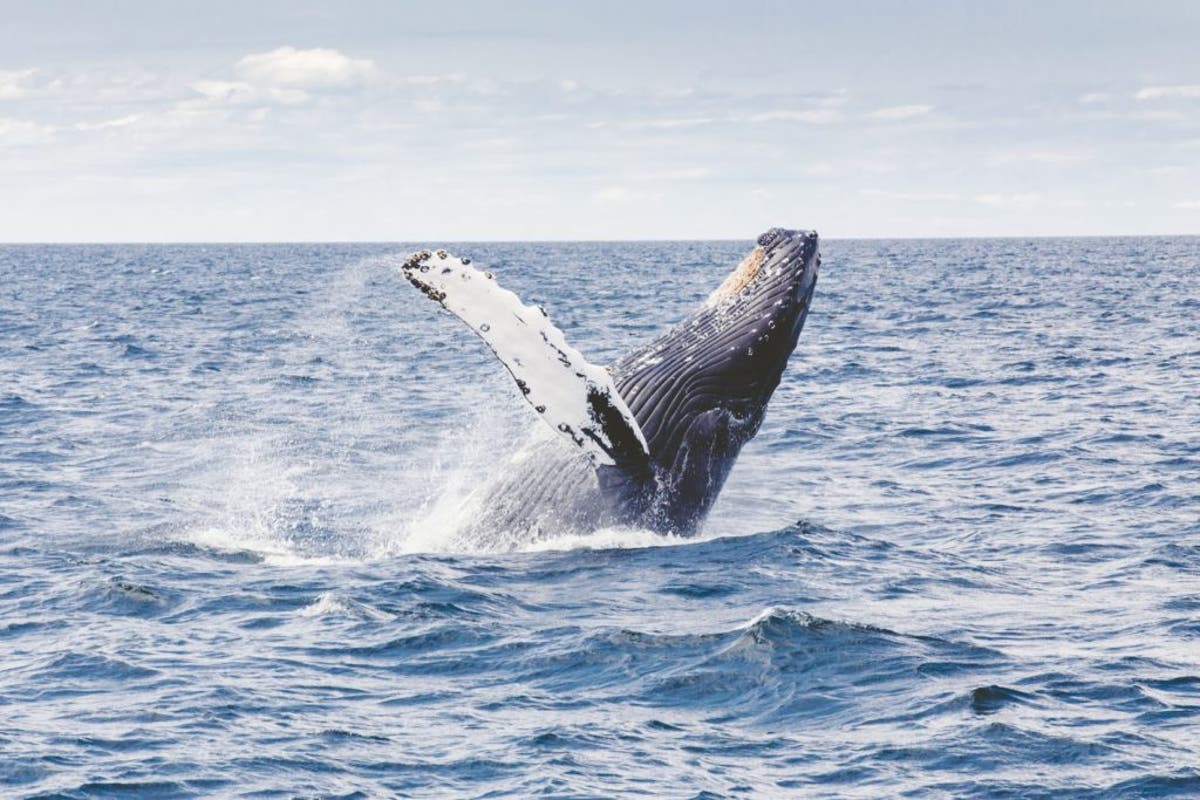Several million tonnes of debris end up in the world’s oceans annually and much of it is improperly discarded plastic litter. Plankton studies are open the gate to identify the plastic problem in the late 1960s and early 1970s. plastic pollution can kill marine mammals directly through entanglement in objects such as fishing gear, but it can also kill through ingestion, by being mistaken for food. Studies have found that all kinds of species, including small zooplankton, large cetaceans, most seabirds, and all marine turtles, readily ingest plastic bits and trash items such as cigarette lighters, plastic bags, and bottle caps. Sunlight and seawater embrittle plastic, and the eventual breakdown of larger objects into microplastics makes plastic available to zooplankton and other small marine animals. Plastic is everywhere. A lot of it ends up in the ocean. Most plastics in the ocean break up into very small particles. These small plastic bits are called "microplastics." Other plastics are intentionally designed to be small. They're called microbeads and are used in many health and beauty products. They pass unchanged through waterways into the ocean. Aquatic life and birds can mistake microplastics for food. Research is being conducted. But there's still much we don't know.



